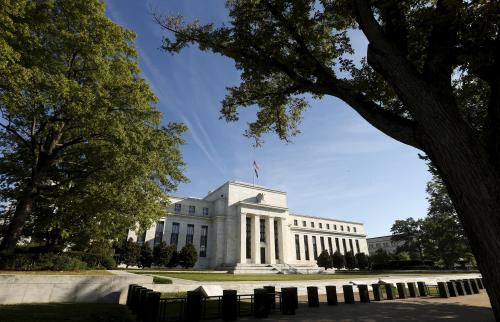You can download the full conference summary here.
The onset of the COVID pandemic was a severe shock to the U.S. economy. Unemployment reached 14.8% in April 2020, the highest since the government began measuring it in 1948, while the labor force participation rate dropped to 60.1%, the lowest since the 1970s. By 2022, the labor market had rebounded, but inflation was growing at the fastest pace since the mid-1980s. By early 2024, inflation had eased (though it was still above the Fed’s 2% target), and unemployment was back to its pre-COVID level.
What lessons should policymakers take from this unusual period? What caused inflation to spike in the wake of the pandemic and then to subside without an increase in unemployment? What lasting impact, if any, will the pandemic have on U.S. labor markets? How sustained will the work from home trend be?
In January 2024, the Hutchins Center on Fiscal and Monetary Policy at Brookings convened about 40 leading labor economists from academia, think tanks, and the Federal Reserve to discuss these questions and to identify areas of agreement and disagreement. The day was broken into four sessions, each focusing on a different aspect of the labor market. Each session began with a firestarter presented by one or two economists, followed by discussion among the full group.
To read a summary, participant list, and agenda from the conference, which was supported by the Smith Richardson Foundation, click here.
-
Acknowledgements and disclosures
The Brookings Institution is financed through the support of a diverse array of foundations, corporations, governments, individuals, as well as an endowment. A list of donors can be found in our annual reports published online here. The findings, interpretations, and conclusions in this report are solely those of its author(s) and are not influenced by any donation.T










